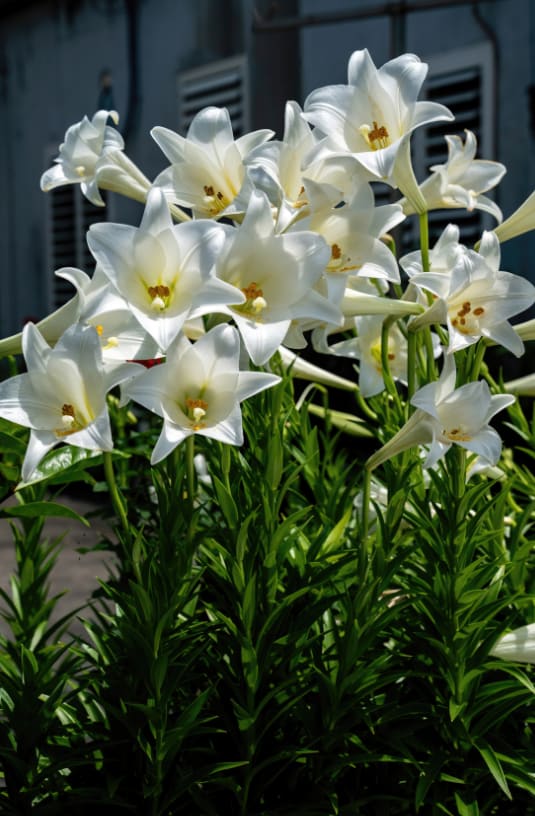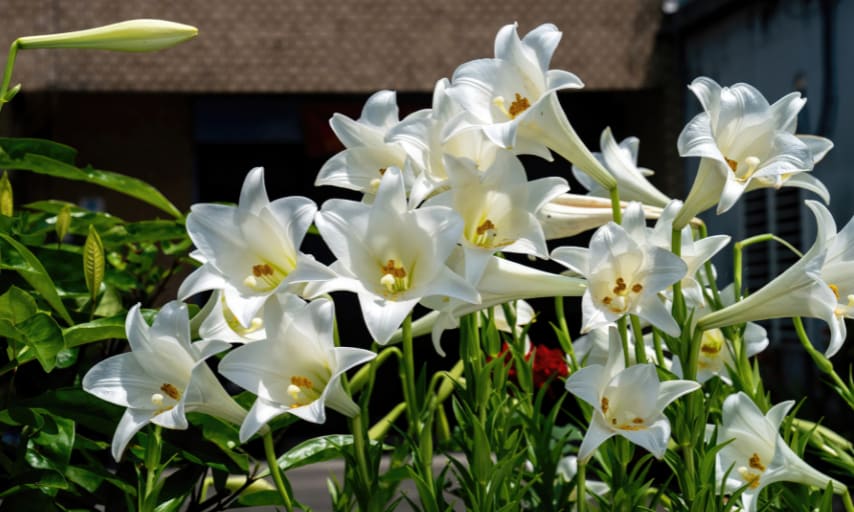As Easter passes and the celebrations wind down, the beauty and symbolism of the Easter Lily continue to captivate. This iconic flower, with its pure white blooms and heavenly scent, holds deep significance in Christian traditions and is a cherished gift during the Easter season. However, caring for an Easter Lily doesn't end with the holiday. With proper care, your Easter Lily can continue to thrive long after Easter Sunday. Let's explore the symbolism of the Easter Lily and delve into some essential care tips for the post-Easter period.

Symbolism of the Easter Lily
The Easter Lily, scientifically known as Lilium longiflorum, is native to the Ryukyu Islands of Japan and holds significance in various cultures and religions around the world. In Christianity, the Easter Lily symbolizes purity, virtue, innocence, and the resurrection of Jesus Christ. Its trumpet-shaped blooms are said to represent the trumpet call of the angels announcing the Resurrection. The pure white color of the Easter Lily is often associated with the purity of the Virgin Mary and the joy and new beginnings of Easter.

Caring for Your Easter Lily After Easter
While the Easter Lily is a symbol of the Easter season, it requires continued care to ensure its longevity and continued blooming. Here are some essential care tips for your Easter Lily after Easter:
1. Placement: Choose a location that receives bright, indirect sunlight for your Easter Lily. Avoid placing it in direct sunlight or near heat sources, as this can cause the blooms to wilt prematurely.
2. Temperature: Maintain a cool environment for your Easter Lily, ideally between 60-65°F (15-18°C). Avoid drafty areas and sudden temperature changes.
3. Watering: Keep the soil evenly moist, but not waterlogged. Water your Easter Lily when the top inch of soil feels dry to the touch. Ensure proper drainage to prevent root rot.
4. Humidity: Easter Lilies prefer high humidity. You can increase humidity by placing a tray of water near the plant or by using a humidifier.
5. Fertilizing: Continue to fertilize your Easter Lily with a balanced liquid fertilizer every 2-4 weeks during the growing season (spring and summer). Stop fertilizing after the plant has finished blooming.
6. Pruning: Remove spent blooms and yellowing leaves to encourage new growth and prolong blooming.
7. Replanting: After your Easter Lily has finished blooming, consider transplanting it into a larger pot with fresh potting soil. This will allow the plant to continue growing and blooming in the future.

By following these post-Easter care tips, you can extend the beauty and fragrance of your Easter Lily well beyond the Easter season. Its symbolic significance and timeless beauty make it a meaningful addition to any home or garden, serving as a reminder of the joy and hope of Easter throughout the year.

